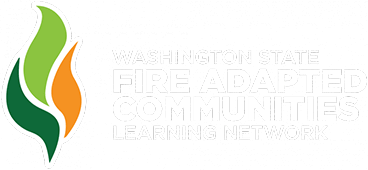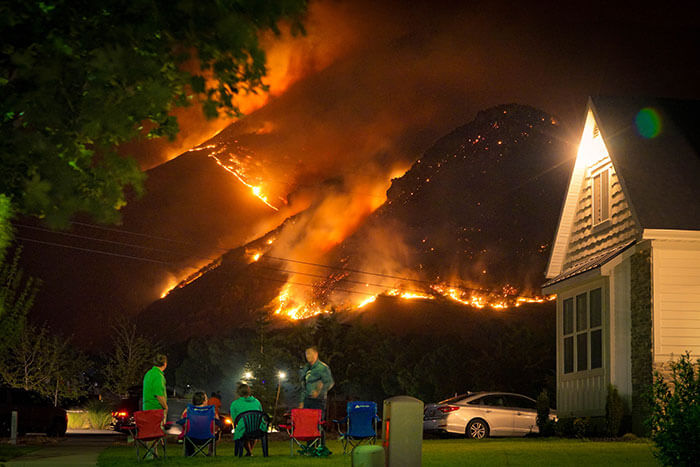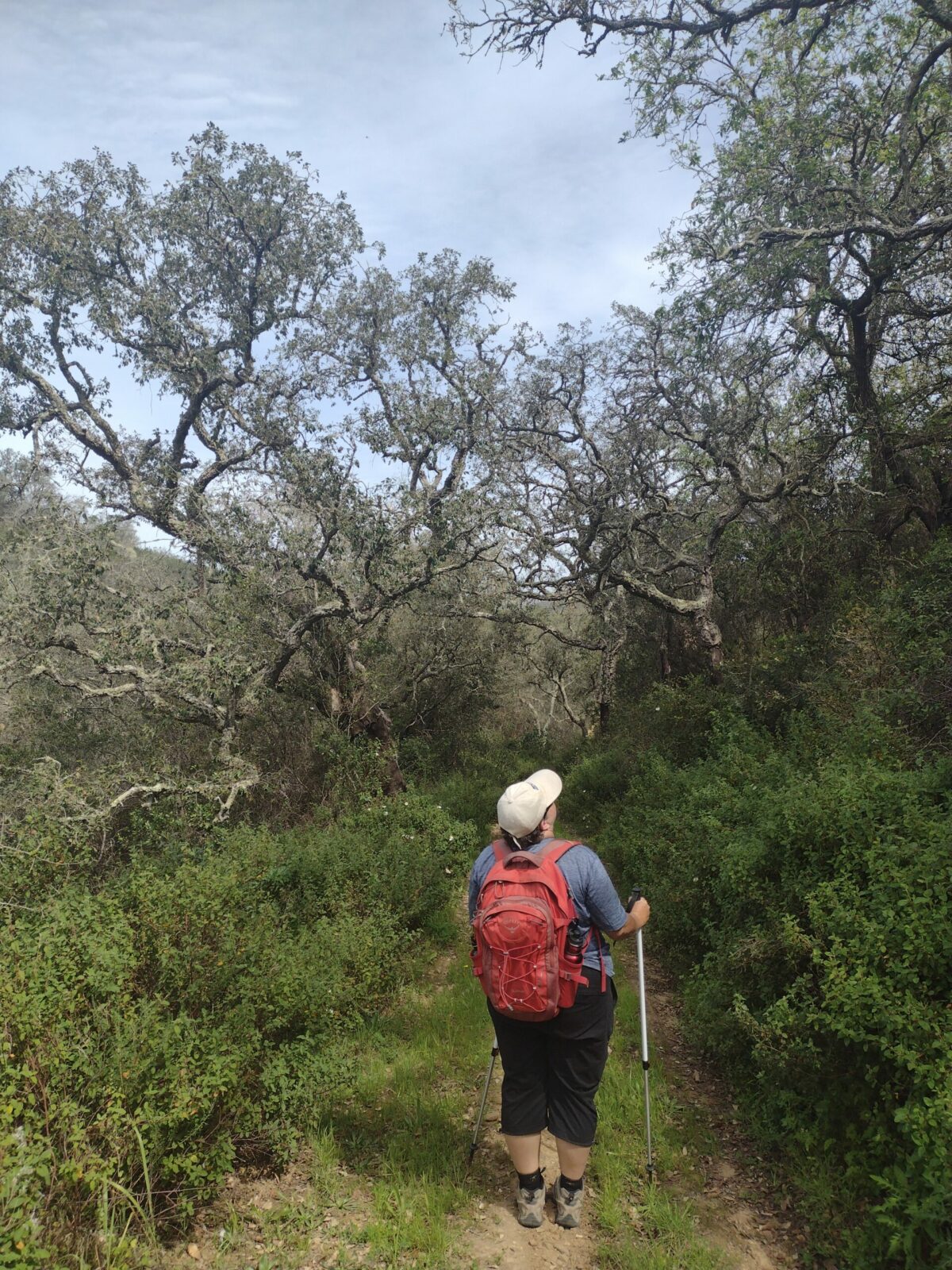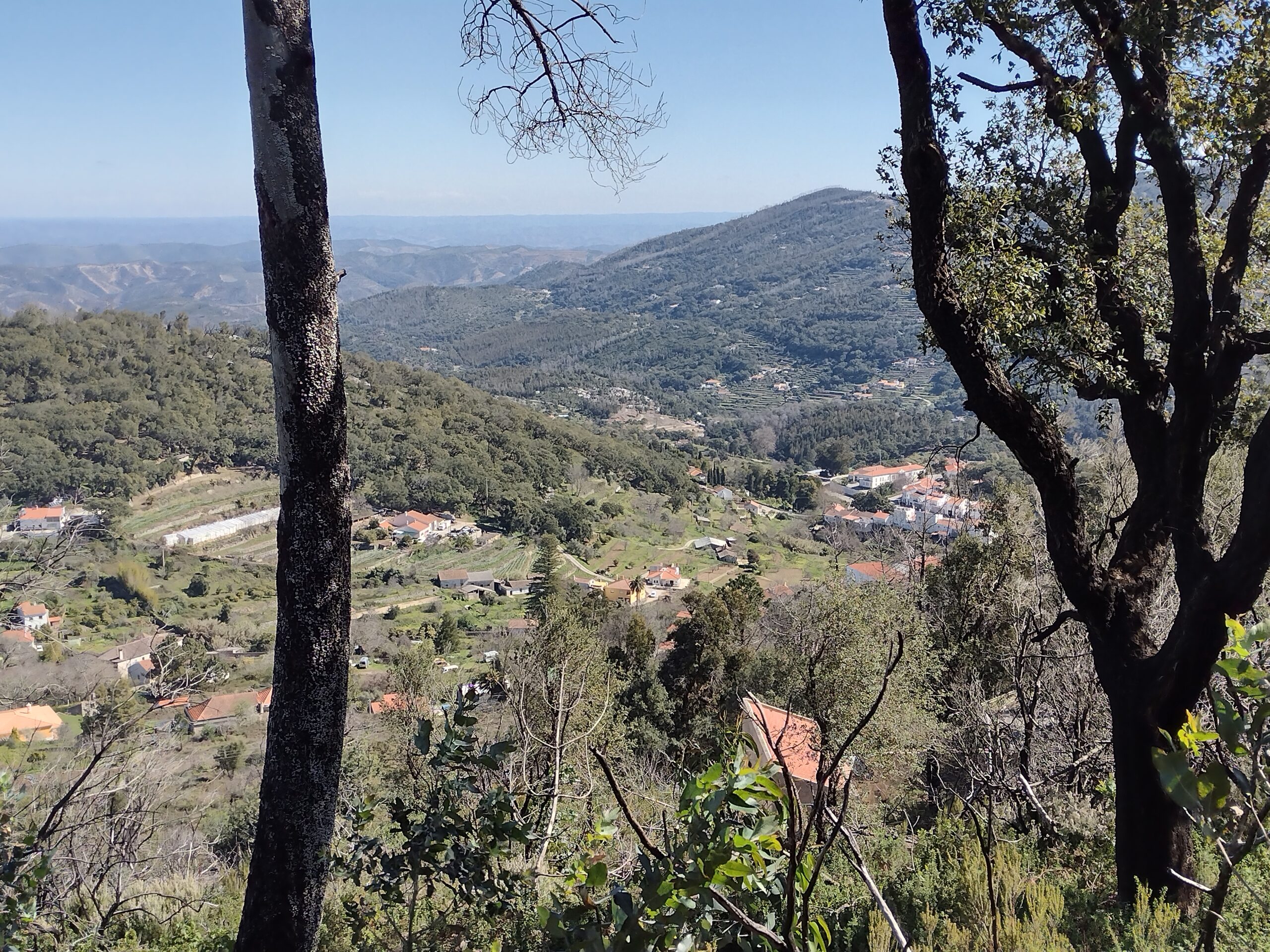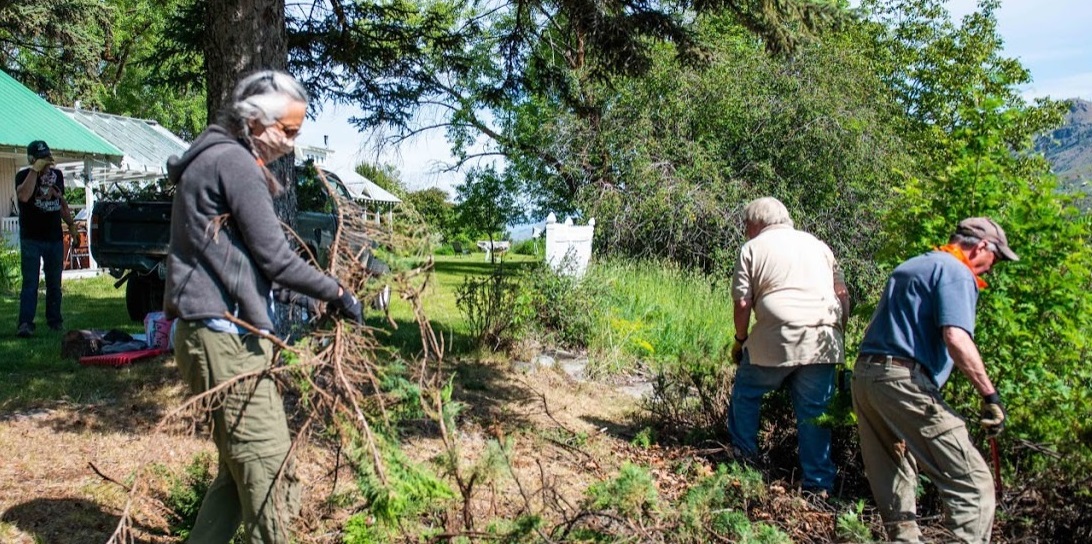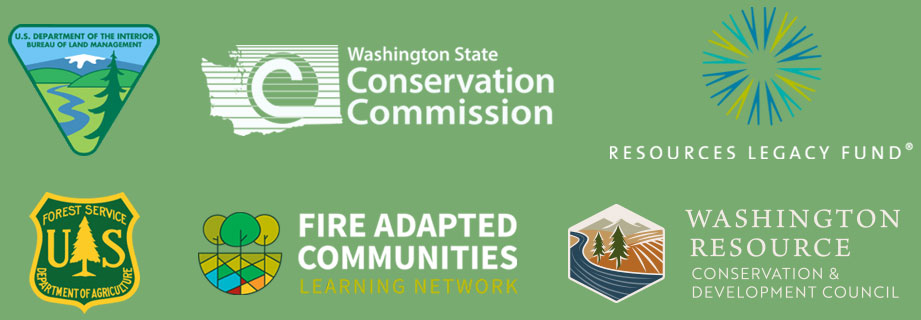Photos from the FTCA Wildfire Preparedness Weekend show dramatic fuel reductions. (All photos credit: Dan Holman)
A challenge for Homeowner Associations is getting membership involvement in projects that benefit all members. This was an issue for Flowery Trail Community Association ( F.T.C.A.), a community developed and platted in 19727 and consisting of 101 individual lots and a 4-plex condominium. During the early development of F.T.C.A., the emphasis of activity was installation of water, sewer, phone and electrical lines, and the building of roads. All lot holders are required to be members of F.T.C.A. and are responsible for an annual assessment which covers cost of improvements and yearly operating costs.
During the 1970s and early 1980s all yearly maintenance was done by strictly volunteer workers. And as typical with this type of maintenance, a few members were doing the majority of work. Ideas were discussed on how to get more of the community members involved. Also during this time period, it was becoming very obvious the development was located in an area of very high wildfire danger. The development was heavily timbered with lodgepole pine and had large areas of brush and ground cover fuel. To add to this dilemma, F.T.C.A. had no fire protection from local fire departments. A home had been recently lost due to a chimney fire, which emphasized the lack of preparedness for fire protection. The community needed to respond to this situation. Discussion and negotiations were implemented with the local Fire District. The talks brought out the following facts: until F.T.C.A. had sufficient water, fire hydrants, and conducted a major fuel reduction project, there would not be a discussion for fire protection.
The Flowery Trail Community Association annual Community Preparedness Weekend May 7 and 8th, 2016. Community turnout and partner support are essential to getting fuel reduction work done.
What to do? F.T.C.A. needed to get community members involved. An idea was to give $100 credit for the following year’s assessment if a member would attend and help with a scheduled work project. A “work day weekend” date was set and all members were invited. A “potluck” luncheon was scheduled for work day and F.T.C.A. would supply water, soda, plates, utensils, etc. The first turnout was approximately 30-40% of members. At the same time, F.T.C.A. was looking for available programs concerning fuel reduction projects. A 50/50 cost share project was signed with the State of Washington Department of Natural Resources to build a large “Fire Strip” surrounding the development. The State of Washington would be thinning trees, F.T.C.A. members would be stacking all downed trees and brush, either chipping or burning slash piles. The following year another “work day weekend” was scheduled and all members were encouraged to attend. Members were asked to clean their lots (Firewise) before scheduled work day and put all trees and brush by road and everything would be chipped. The turnout was now over 60% of all members. Members could see results from their work, and with wildfire concerns, many members did “Firewise” their home and lot. Rather than just working one day, many were working weekends to Firewise their lot and also helping their neighbors. The potluck luncheon was becoming a community social event with many families attending. After working all day, many members would meet at the luncheon area to socialize and discuss what projects needed to be done the next day.
A severe wind storm the past winter knocked a lot of trees and fuel to the ground. Hard work and heavy machinery were required to clean it up!
This “work day weekend” led to scheduling a second weekend. The original work weekend was always scheduled in early spring after snow had melted. The second was scheduled in fall. We were getting more members involved. What motivated this? Peer pressure was partly responsible. Many cleaned and Firewise” their lot’s to be like their neighbors. F.T.C.A. had also improved the local water system (all volunteer labor) with an 80,000 gallon water tank, installed required fire hydrants, and had become an official Firewise Community. Because of improvements and fuel reduction projects, F.T.C.A. did sign a fire protection contract with the local Fire District. This fire protection also had another benefit. Besides lowering homeowners insurance, those members that had not Firewised their lot/home were red tagged by the Fire District Chief. Unless the homeowner would Firewise their home/lot, their home may not be defended by the local Fire Department. Because of this, we had more members buy into Firewising their home and lot.
By simply starting with an idea to offer $100 off on the following year’s assessment by helping with fuel reduction projects, Flowery Trail Community Association has developed into a community that is committed to being a Firewise and a Washington Fire Adapted Community. F.T.C.A. supplies the chippers, loopers, coordinates yearly potluck lunch, and now has over a 75 percent membership involvement. Members enjoy community fellowship, comradery and bonding. We have neighbors helping neighbors. I cannot stress enough the importance of getting all members together, all working towards the same goal of surviving the inevitable wildfire.
Not all Communities have the ability to bill for yearly assessments. However, if your Community does supply water and sewer services for which your members are assessed, you may want to consider offering some sort of discount as an incentive for those that do contribute to the benefit of your Community.
